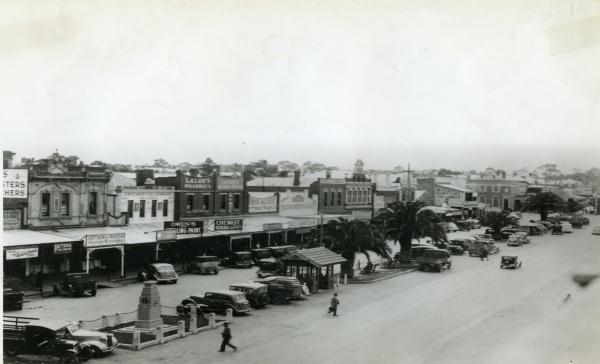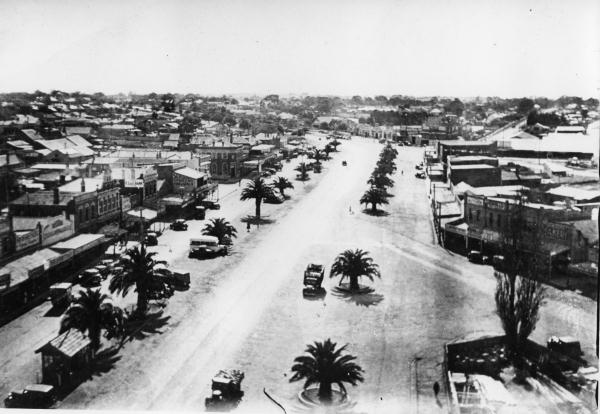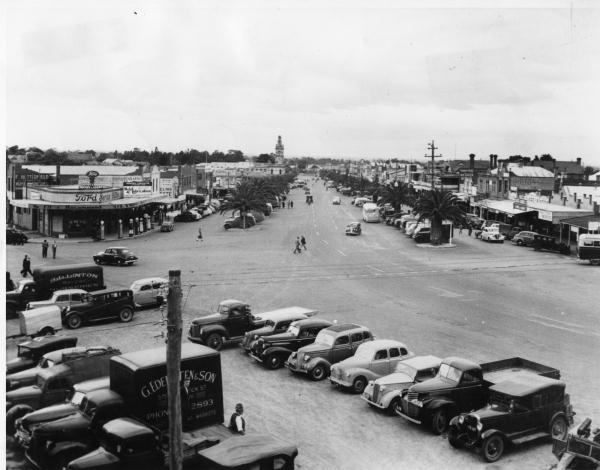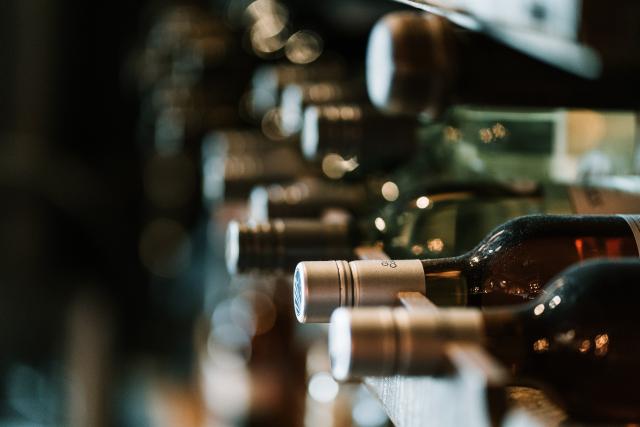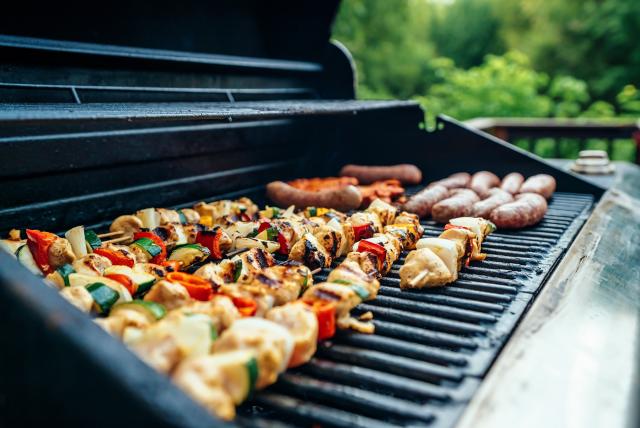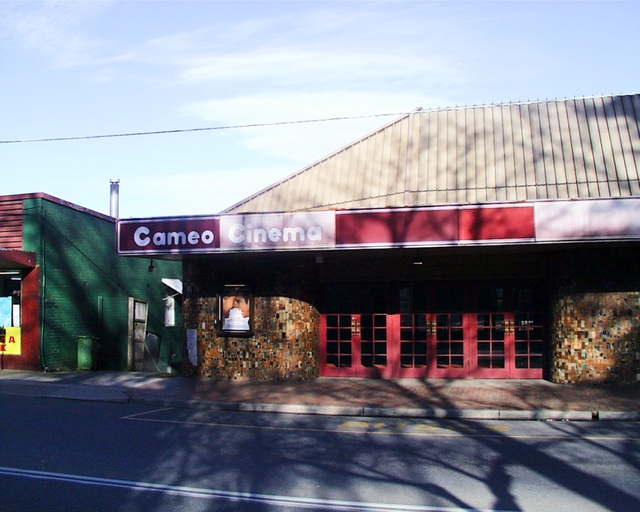By CASEY NEILL
THE City of Greater Dandenong’s new Lonsdale Street civic centre inspired the Journal team to look back through central Dandenong’s transformation from swampland to a bustling shopping and business hub.
The main streets have changed vastly over the years – except their names. This got us wondering how these names came to be and why they’ve stood the test of time.
So the Journal will run new occasional series ‘What’s in a Street Name?’ to share the stories behind Greater Dandenong thoroughfares, starting with Lonsdale Street.
NOT only did Captain William Lonsdale give his name to Dandenong’s main street, he named the suburb itself.
Governor Sir Richard Bourke in 1836 chose the soldier and administrator to be the first police magistrate at Port Phillip to manage unauthorised settlers.
He was the government’s first representative in Melbourne and was tasked to conduct a census of the population and protect Aborigines.
In 1851, when Victoria became a separate colony, Charles La Trobe nominated Lonsdale as its first colonial secretary and he was colonial treasurer in 1854.
According to Dandenong and District Historical Society, Lonsdale had a cattle run in the Dandenong area named Bigning, which his nephew Alfred Langhorne oversaw.
The society can find no clear records of how the name Dandenong came into being but the honour is generally attributed to Lonsdale.
In an official report on the district in 1837 he spelt the name Dan-y-nong – part of the area inhabited by the tribe of Westernport aborigines known as Wooeewoorong.
It’s thought that Lonsdale like the sound of Dandenong better and it was as near the native name as authority could make it, so the creek, the district and the township were named Dandenong.
Lonsdale Streets in Dandenong and Melbourne and Point Lonsdale were named for him, and Mount Martha for his wife.
Want to know where a Greater Dandenong street got its name? Let us know and we’ll find out! Email journal@starnewsgroup.com.au or visit www.facebook.com/DandenongJournal.

